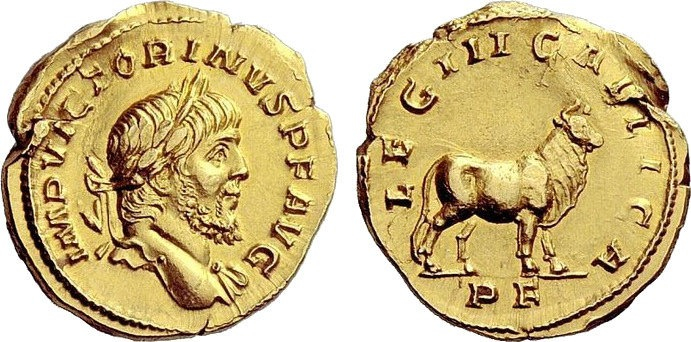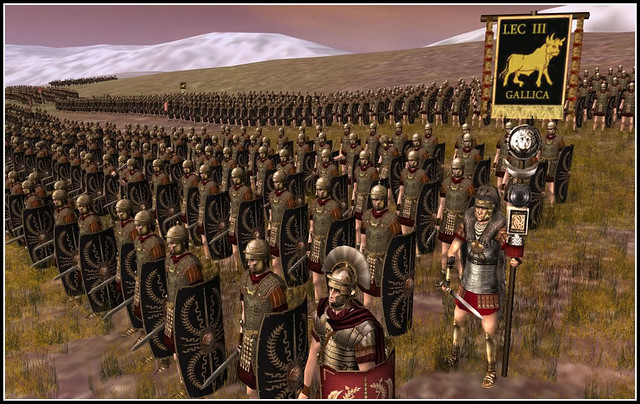Legio III Gallica

The Legion III Gallica is probably one of the most famous ancient Roman Legions. The unit was founded in 49 BC by Julius Caesar himself. The legion's emblem - a bull - was the animal attributed to Venus, whom Caesar claimed to be his ancestor. The prognoses of the unit - Gallica - suggest that it originated in Gaul, where Caesar achieved some of his most famous feats. The Legion III Gallica's primary role was to act as a pillar of Caesar's military forces in the war against Pompey the Great. It performed heroically in the most important battles of the conflict — Pharsalus, and Munda.
After the founder's death, the Legion III Gallica was assigned to Mark Antony to aid in the war against Parthia. The legion continued to serve during the Roman Empire. The Legion III Gallica fought in North Africa, in the Arabian peninsula, and for a short time was stationed on the Danube. For most of its existence, however, the third Gallica remained east. Its base was Raphanaea in the Roman province of Syria. It was therefore one of the main Roman military units used in the wars against Parthia and later the Sassanid Empire. In addition to campaigns against Persia in the East and various barbarian tribes in the West, Legio III Gallica was involved in a number of civil wars. It is one of the few Roman legions that survived until the Late Empire and it was last mentioned in the mid-fourth century.







